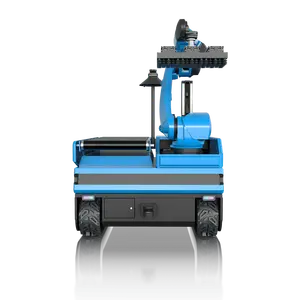


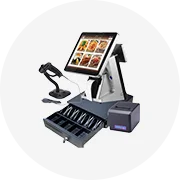
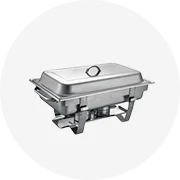




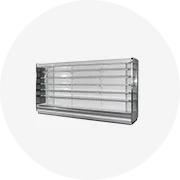


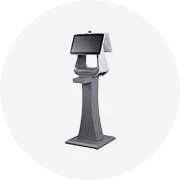


The realm of autonomous robotics is rapidly expanding as these sophisticated machines are being integrated into various sectors. Autonomous robots, equipped with advanced sensors and AI, perform tasks with high efficiency and minimal human intervention. This category encompasses a diverse range of robots, including mobile robots, automated robots, and autonomous bots, each designed to cater to specific industrial needs.
Within the industrial landscape, autonomous robotics manifests in several forms. Commercial delivery robots streamline logistics in warehouses, while material handling equipment enhances productivity in manufacturing plants. Service robots, another critical type, operate in environments like repair shops and construction sites. The versatility of these robots, including specialized variants like the energetically autonomous tactical robot (EATR robot), allows for their deployment in diverse settings, from robotics warehouses to complex field operations.
The construction of autonomous robots involves a range of materials, ensuring durability and functionality. Key components like motors and PLCs (Programmable Logic Controllers) form the core of these machines. The adaptability of autonomous mobile robots (AMRs) and transport robots is a testament to the sophisticated engineering that empowers them to navigate and perform tasks autonomously.
Implementing autonomous robotics in operations offers numerous advantages. These robots reduce the need for manual labor, leading to enhanced safety and efficiency. The precision of movable robots in tasks like material transport and assembly operations minimizes errors and increases productivity. Furthermore, the integration of AMR robots in logistics optimizes the supply chain, providing seamless material handling solutions.
Innovation continues to propel the field of autonomous robotics forward. Cutting-edge developments like the micromouse robot and octobot, a soft robot with no rigid components, are pushing the boundaries of what these machines can do. The line follower robot using Arduino showcases the potential for educational and research applications, allowing for hands-on learning and experimentation in robotics.
Selecting the appropriate autonomous robotics solution requires careful consideration of the application and environment. Whether it's for a manufacturing plant or a material handling task, the right autonomous robot can significantly impact operational efficiency. Platforms like Alibaba.com facilitate the connection between buyers and a wide array of suppliers, offering a multitude of autonomous robotics options to suit various industrial needs.